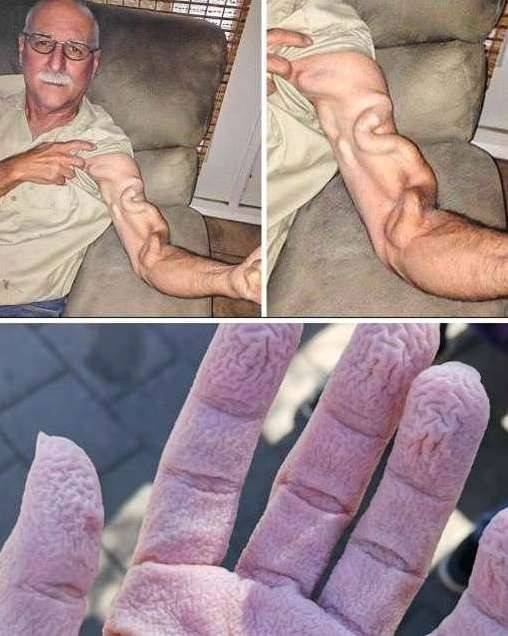It’s a common and jolting experience: you start a simple stretch, and suddenly, a sharp cramp grips your arm. This involuntary muscle squeeze can feel like a knot or stabbing pain, stopping you instantly.
Though cramps are often associated with legs, arms and other muscles are just as vulnerable. Usually, the cramp eases quickly, but the tenderness can last significantly longer.
So why do muscles cramp during stretching?
One main reason is muscle fatigue or overuse. Muscles tired from exercise or repetitive motions are prone to seizing up. Another cause is dehydration, which disturbs vital minerals like potassium and magnesium that regulate muscle contractions.
Poor stretching technique—like diving into deep stretches without warming up—can also trigger cramps. Fatigue alters nerve-to-muscle signals, causing sudden contractions.
If a cramp occurs, stop stretching immediately. Try gently stretching the muscle in the opposite direction. Massage helps restore blood flow. Heat relaxes muscles, ice reduces soreness, and hydration is essential for recovery.
To prevent cramps, warm up before stretching with light activity. Keep hydrated and eat mineral-rich foods like fruits, nuts, and greens. Consistent stretching helps muscles adjust and avoid spasms.
Starting new workouts gradually allows muscles to adapt comfortably.
If you suffer frequent or severe cramps, or notice ongoing muscle issues, seek medical advice.
A cramp is a sign to pay attention and care for your body, helping you stay flexible and pain-free.
